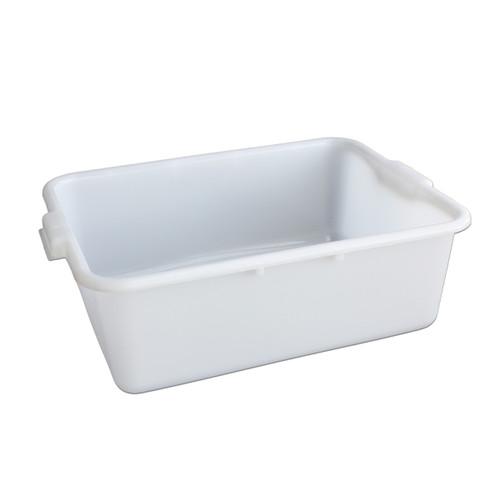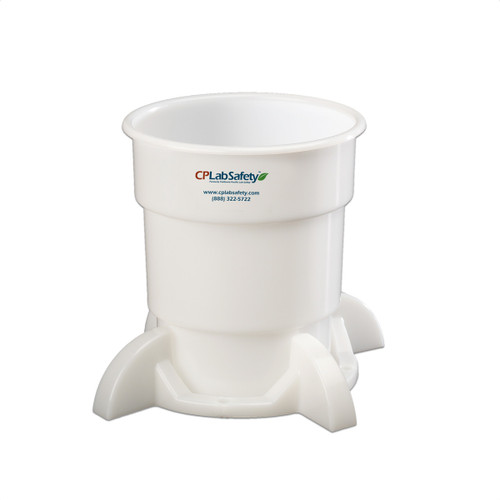Bottle Carriers | CP Lab Saftey

In every laboratory, safety and organization go hand in hand. From transporting chemicals to storing reagents, Bottle carriers play a critical role in maintaining safety, minimizing contamination, and improving workflow efficiency. Whether you’re working in a research lab, academic setting, or industrial facility, selecting the right bottle carrier ensures that your workspace remains both safe and compliant with storage regulations.

This article explores what bottle carriers are, their types, benefits, and how they complement other essential lab storage tools like test tube racks and solvent bottle carriers.
What Are Bottle Carriers?
A bottle carrier is a specially designed container or frame used to safely hold, transport, and store laboratory bottles. These bottles often contain hazardous liquids, solvents, or reagents that need careful handling. Bottle carriers provide stability and reduce the risk of spills, breakage, or exposure to dangerous chemicals.
Most laboratory bottle carriers are made of chemical-resistant materials like polyethylene or stainless steel. Depending on the application, they can accommodate single or multiple bottles, with ergonomic handles for easy transport and secure compartments to prevent movement.
Importance of Bottle Carriers in Laboratories
The laboratory environment demands precision and safety. Accidental spills or chemical contact can lead to contamination, personal injury, or damage to equipment. This is where bottle carriers become indispensable.
1. Enhanced Safety
Bottle carriers are designed with built-in safety features such as leak-proof bases and sturdy grips. A safety bottle carrier, for example, protects both the user and the container by providing an extra layer of containment in case the bottle leaks or breaks.
2. Easy Transport
Carrying glass or solvent bottles manually increases the risk of accidents. A well-designed bottle carrier allows safe movement of chemicals between storage areas, workbenches, and disposal zones.
3. Organization and Space Optimization
Bottle carriers help keep the lab organized. By grouping similar bottles together—like acids, solvents, or reagents—you can easily identify and access materials while maintaining compliance with safety standards.
Types of Bottle Carriers
Not all bottle carriers are built the same. They vary by purpose, size, and material, depending on the chemical or solution being stored. Below are some of the most common types:
1. Solvent Bottle Carrier
A solvent bottle carrier is specifically designed for transporting bottles containing volatile or flammable liquids such as acetone, ethanol, or methanol. These carriers often include secure caps, handles, and secondary containment trays to prevent leaks and exposure.
2. Safety Bottle Carrier
A safety bottle carrier adds an additional protective layer to standard carriers. It typically features an inner and outer container setup—where the inner compartment holds the bottle, and the outer shell provides shock absorption and containment in case of breakage.
3. Multi-Bottle Carriers
For larger laboratories or industrial setups, multi-bottle carriers allow the simultaneous transport of multiple reagent bottles. These are ideal for technicians handling high-volume experiments or production processes.
4. Customizable Carriers
Some labs require carriers made for specific bottle sizes or chemical types. These customized solutions improve operational efficiency and align with safety protocols.
Bottle Carriers and Their Role in Lab Storage Systems
A bottle carrier doesn’t work in isolation. It complements other lab storage tools such as test tube racks and safety cabinets. While a test tube rack keeps small sample tubes organized and upright during experiments, bottle carriers handle larger liquid containers, ensuring both systems work together for smooth laboratory operation.
Integrating different lab storage tools provides a streamlined workflow, allowing scientists to move from preparation to analysis with minimal disruption or risk.
How to Choose the Right Bottle Carrier
Choosing the right carrier depends on several factors, including the chemical type, bottle material, and the lab’s storage setup.
1. Material Compatibility
Ensure the carrier material is resistant to the chemicals it will hold. For instance, polyethylene carriers are ideal for acids, while metal carriers may suit solvents and general reagents.
2. Capacity and Size
Determine the number of bottles you need to carry. Multi-bottle carriers are efficient for larger labs, while single carriers are suitable for specific applications.
3. Safety Features
Always prioritize safety features like reinforced handles, double containment, and leak-resistant bases—especially for hazardous chemicals.
4. Ergonomic Design
An ergonomically designed handle or grip ensures comfort during transport, reducing the risk of accidents.
Maintenance and Best Practices
To extend the lifespan of your bottle carrier and maintain safety standards:
-
Regularly inspect for cracks or corrosion.
-
Clean carriers after each use to prevent chemical residue buildup.
-
Label carriers for specific chemical groups (e.g., acids, solvents).
-
Avoid overloading carriers beyond their designed capacity.
-
Store carriers in cool, dry areas when not in use.
Benefits of Using Bottle Carriers
-
Prevents breakage and spillage of chemicals.
-
Improves workflow by simplifying chemical transport.
-
Ensures compliance with laboratory safety standards.
-
Reduces manual handling and potential chemical exposure.
-
Promotes better organization and efficiency.
Conclusion
In the fast-paced environment of modern laboratories, safety and efficiency are non-negotiable. Bottle carriers provide the perfect balance between functionality and safety, ensuring that chemicals are transported and stored securely. Whether it’s a solvent bottle carrier, safety bottle carrier, or complementary tools like a test tube rack, investing in the right equipment protects your team and supports smooth lab operations.
Choosing the right bottle carrier isn’t just about convenience—it’s a commitment to maintaining the highest standards of laboratory safety and organization.
5 FAQs
1. What materials are bottle carriers made from?
Most bottle carriers are made of polyethylene, polypropylene, or stainless steel—materials resistant to chemicals and corrosion.
2. Can bottle carriers hold glass bottles safely?
Yes. Safety bottle carriers are designed specifically to hold and protect glass bottles, minimizing the risk of breakage during transport.
3. What is the difference between a solvent bottle carrier and a regular bottle carrier?
A solvent bottle carrier is designed for flammable or volatile liquids and includes extra containment to prevent leaks or vapor exposure.
4. How do I clean my bottle carrier?
Use mild detergents and warm water. Avoid harsh chemicals that can degrade the carrier’s surface. Always dry thoroughly before reuse.
5. Are bottle carriers suitable for industrial environments?
Absolutely. Many carriers are designed for both laboratory and industrial use, providing durable and reliable solutions for chemical transport and storage.
- AI
- Vitamins
- Health
- Admin/office jobs
- News
- Art
- Causes
- Crafts
- Dance
- Drinks
- Film
- Fitness
- Food
- Giochi
- Gardening
- Health
- Home
- Literature
- Music
- Networking
- Altre informazioni
- Party
- Religion
- Shopping
- Sports
- Theater
- Wellness


